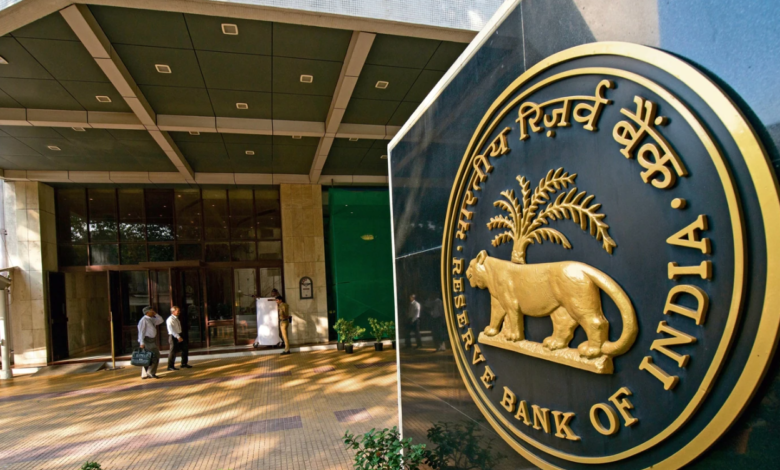Explained: Why did the RBI increase the repo rate? What’s its impact on EMIs?

The Reserve Bank of India’s Monetary Policy Committee has decided to increase the repo rate by 50 basis points to 4.90 per cent, RBI governor Shaktikanta Das said on Wednesday. This is the second consecutive time the apex bank has hiked the key policy rate. Last month, in a sudden announcement, RBI had increased the repo rate by 40 basis points.
Das said that per the National Statistical Office’s May 31 provisional data, India’s GDP growth in 2021-22 was 8.7 per cent. “This level of real GDP in 2021-22 has exceeded the pre-pandemic, i.e., 2019-20 level,” he said.
The repo rate has climbed to a two-year high of 4.9 per cent as the inflation surged in the last couple of months due to rising fuel and food prices.
All the six members of the Monetary Policy Committee (MPC), headed by RBI Governor Shaktikanta Das, unanimously voted for the latest rate hike.
Consumer Price Index (CPI) based inflation, which RBI factors in while arriving at its monetary policy, galloped for the seventh straight month to touch an 8-year high of 7.79 per cent in April.
Meanwhile, RBI upped the country’s inflation projection for the current fiscal to 6.7 per cent from 5.7 per cent. Das said the recent spike in tomato prices would fuel food inflation. High global crude oil prices would also exert pressure on inflation.
What is the repo rate and reverse repo rate?
The repo rate is the rate at which the RBI lends money to commercial banks. It is a tool to control inflation in the economy. When the inflation is more than the acceptable levels, the RBI increases the repo rate. Due to the increase of the repo rate, the home loan and other EMIs increase, lowering the demand and liquidity in the financial system. The reverse repo rate is the rate at which the commercial banks park their funds with the RBI. It is used to control cash flows in the market. It is also increased to encourage banks to park more and more funds with the Central bank, thus leaving less money for borrowing. Less money for borrowing means less demand. Less demand in turns translates into lower inflation.
An increase in these rates means more expensive home loans and EMIs. Those who have opted for floating EMIs will have to shell out more money until the RBI decreases the rates. Last month, when the RBI increased the repo rate, major lenders like HDFC, SBI and Punjab National Bank had increased the EMIs of homeowners.
Source: (This story has not been edited by News Mania staff and is published from a syndicated feed.)
Photo : Internet






